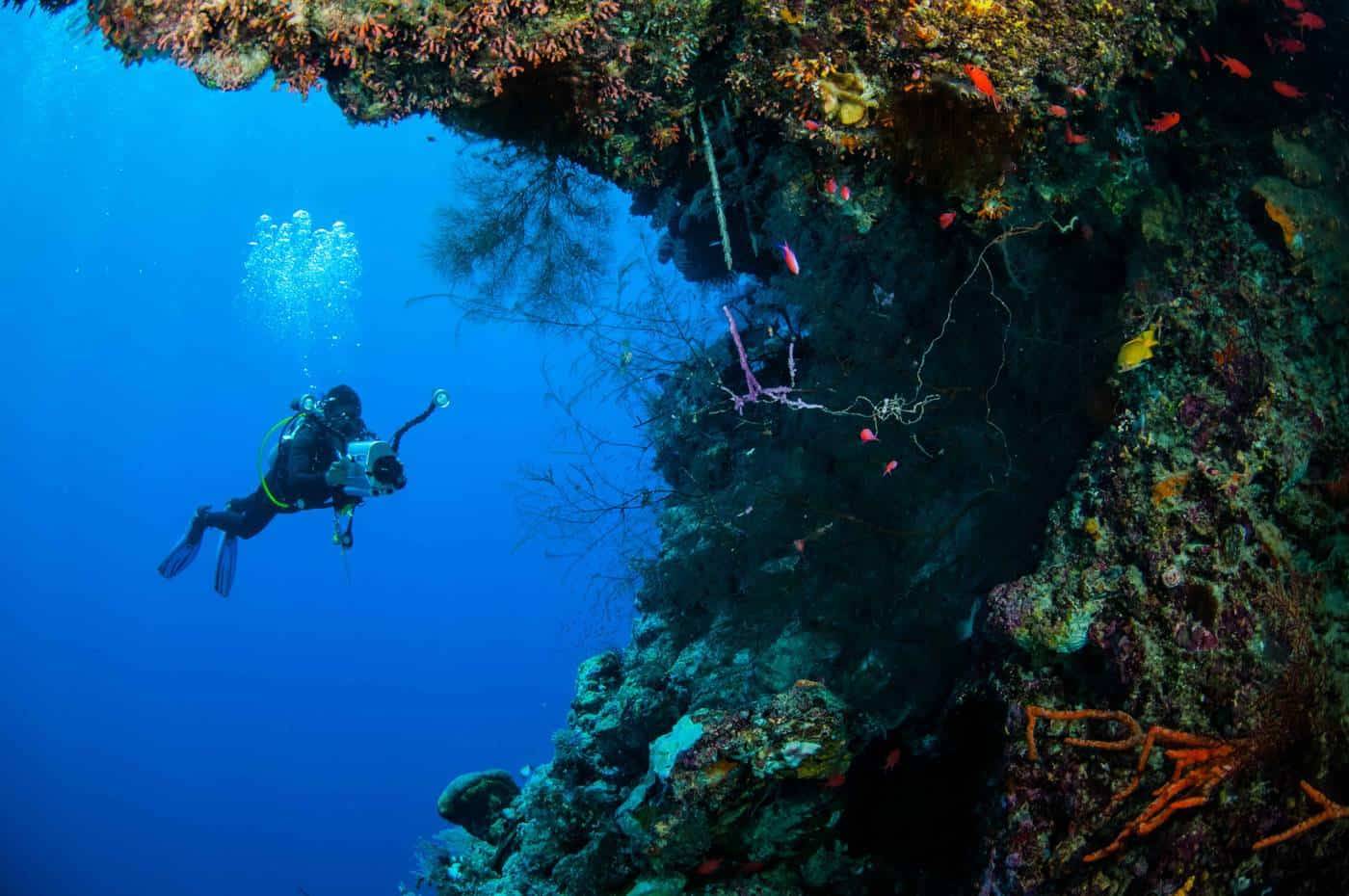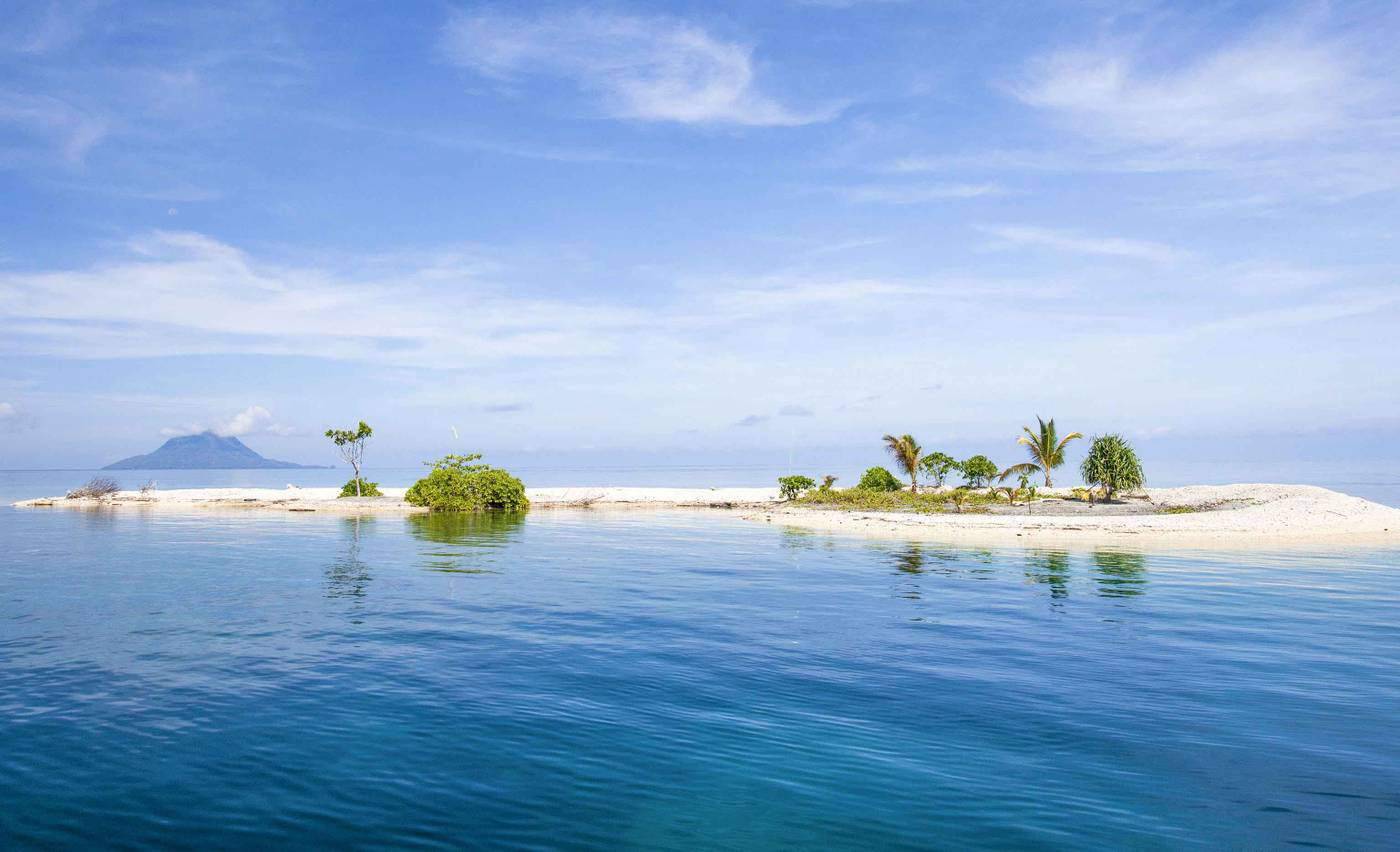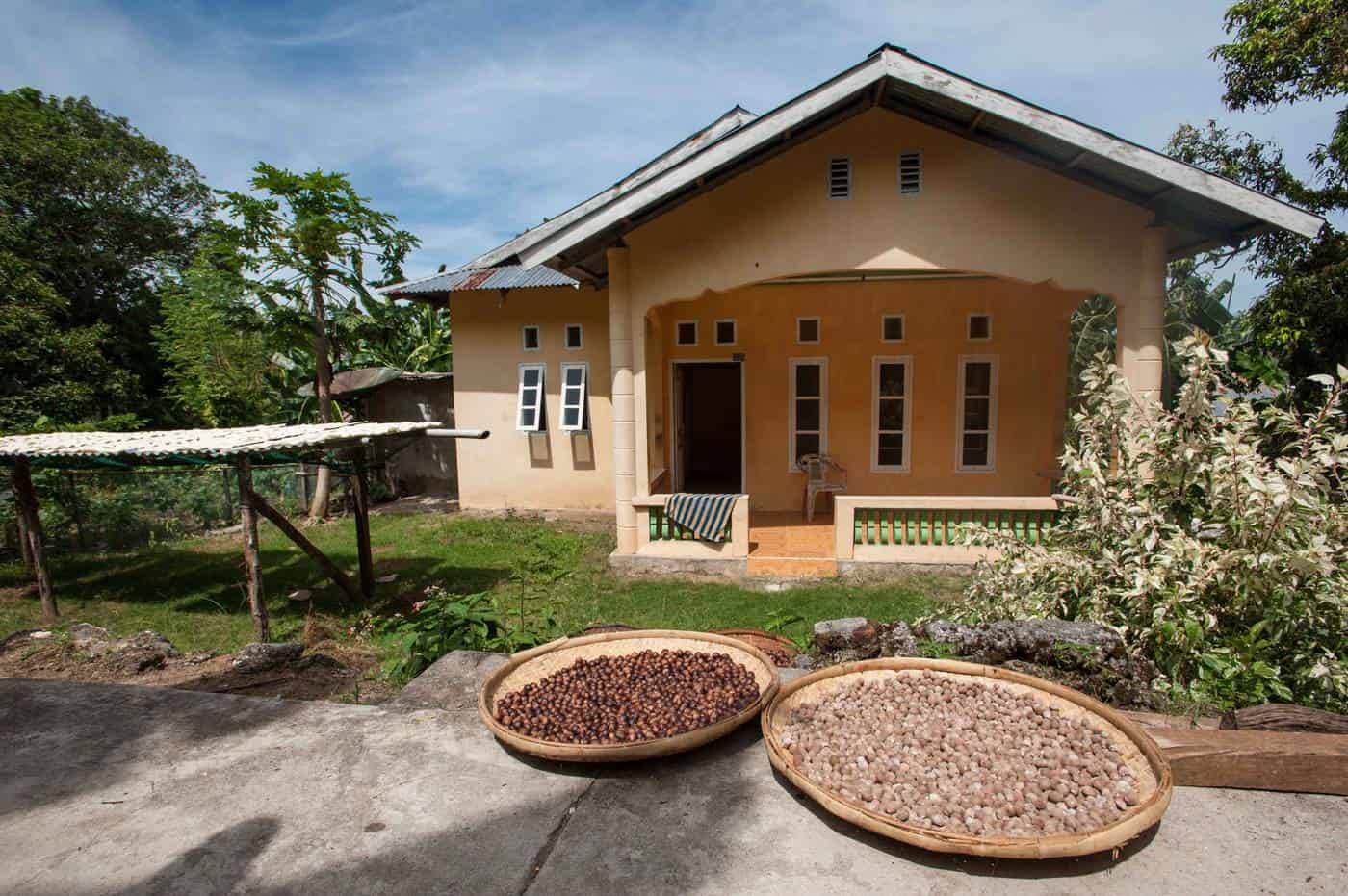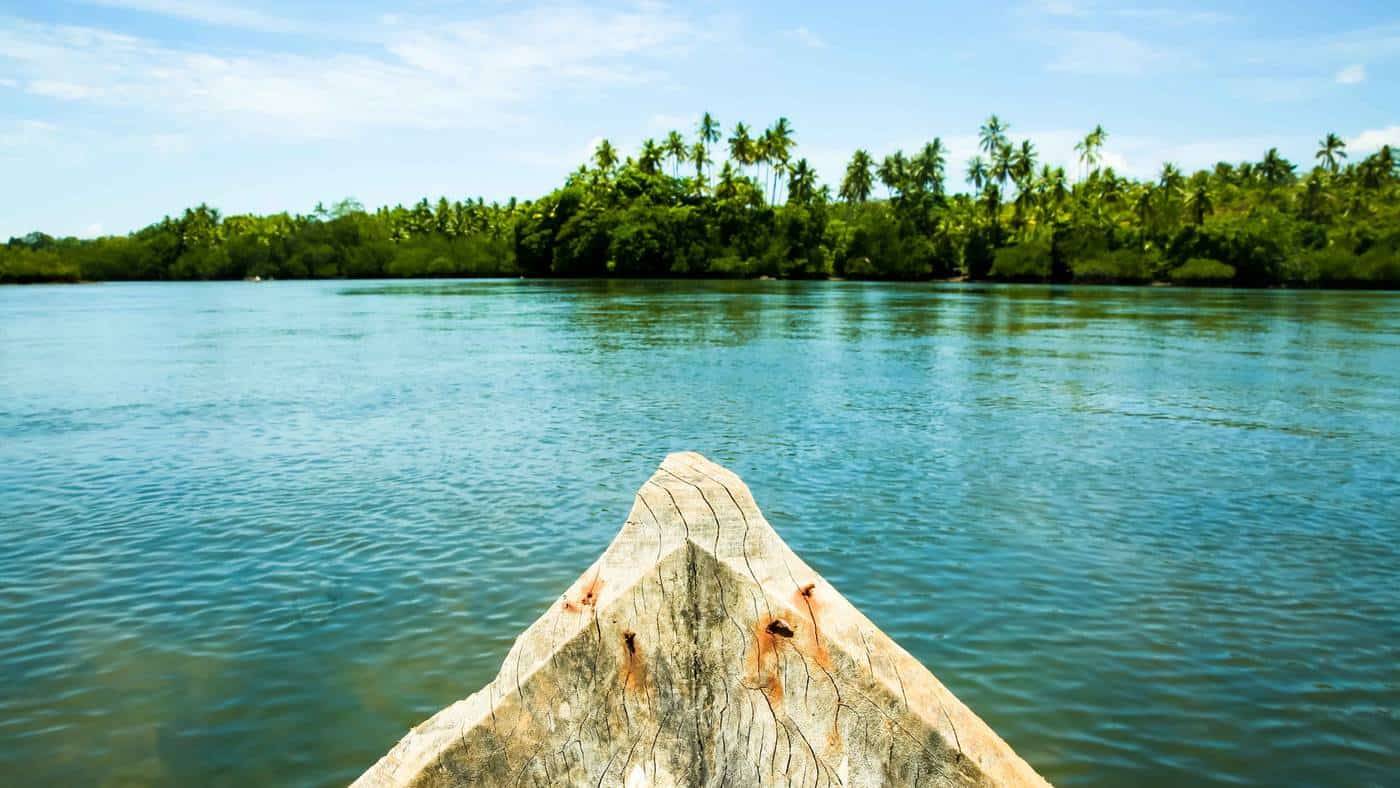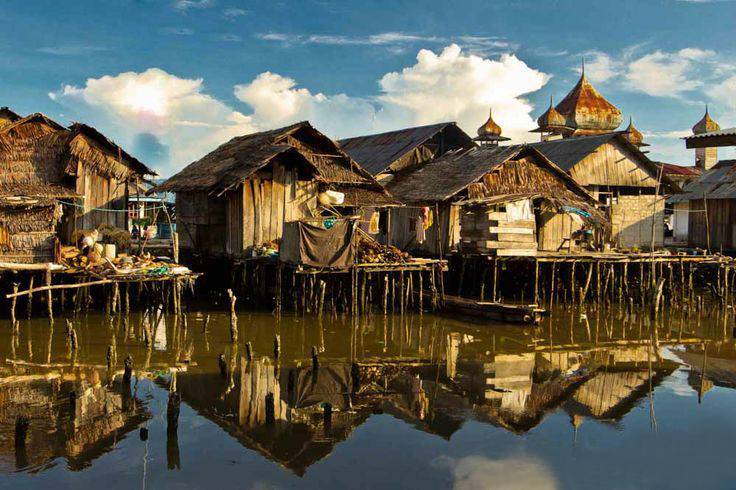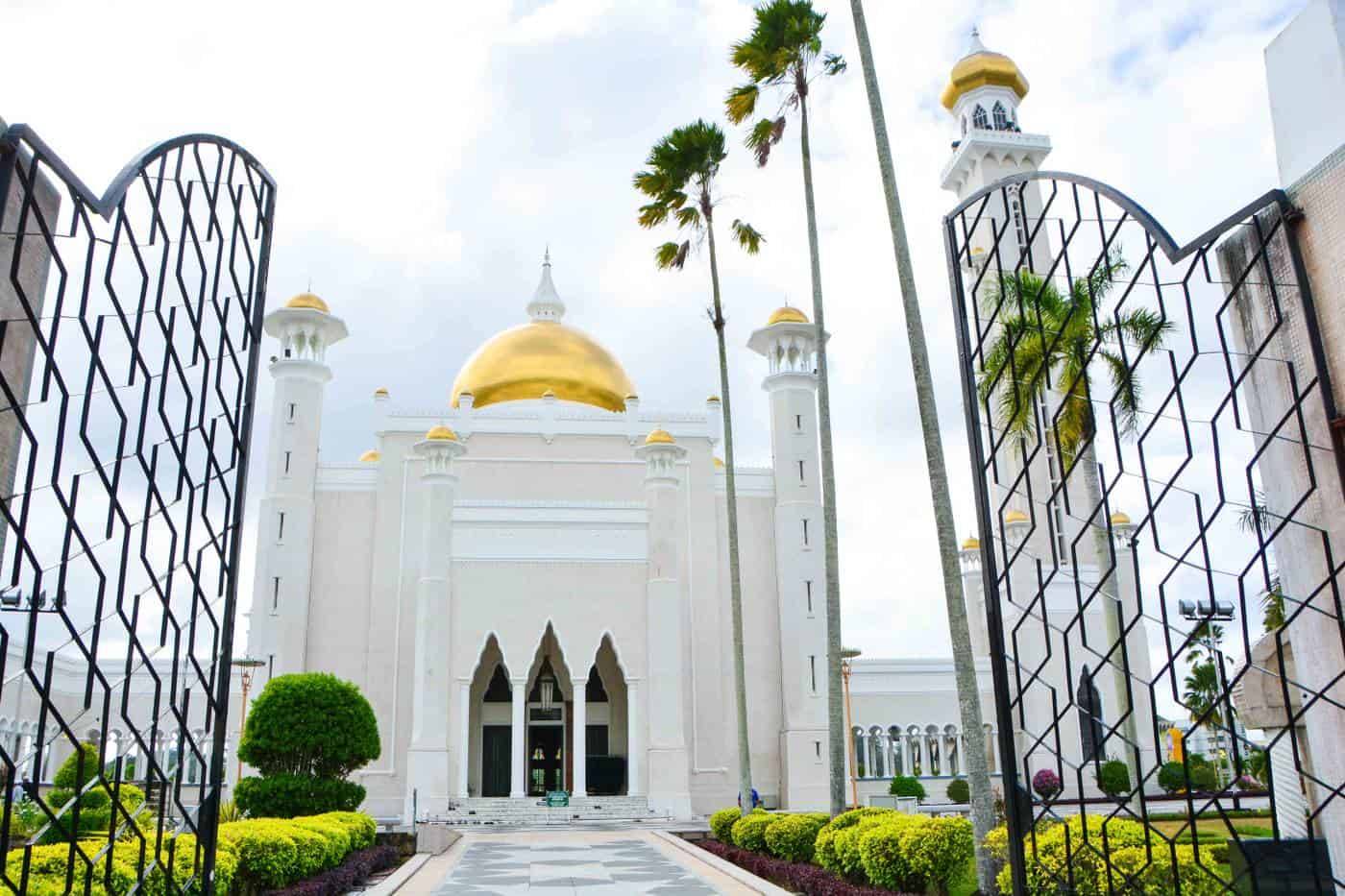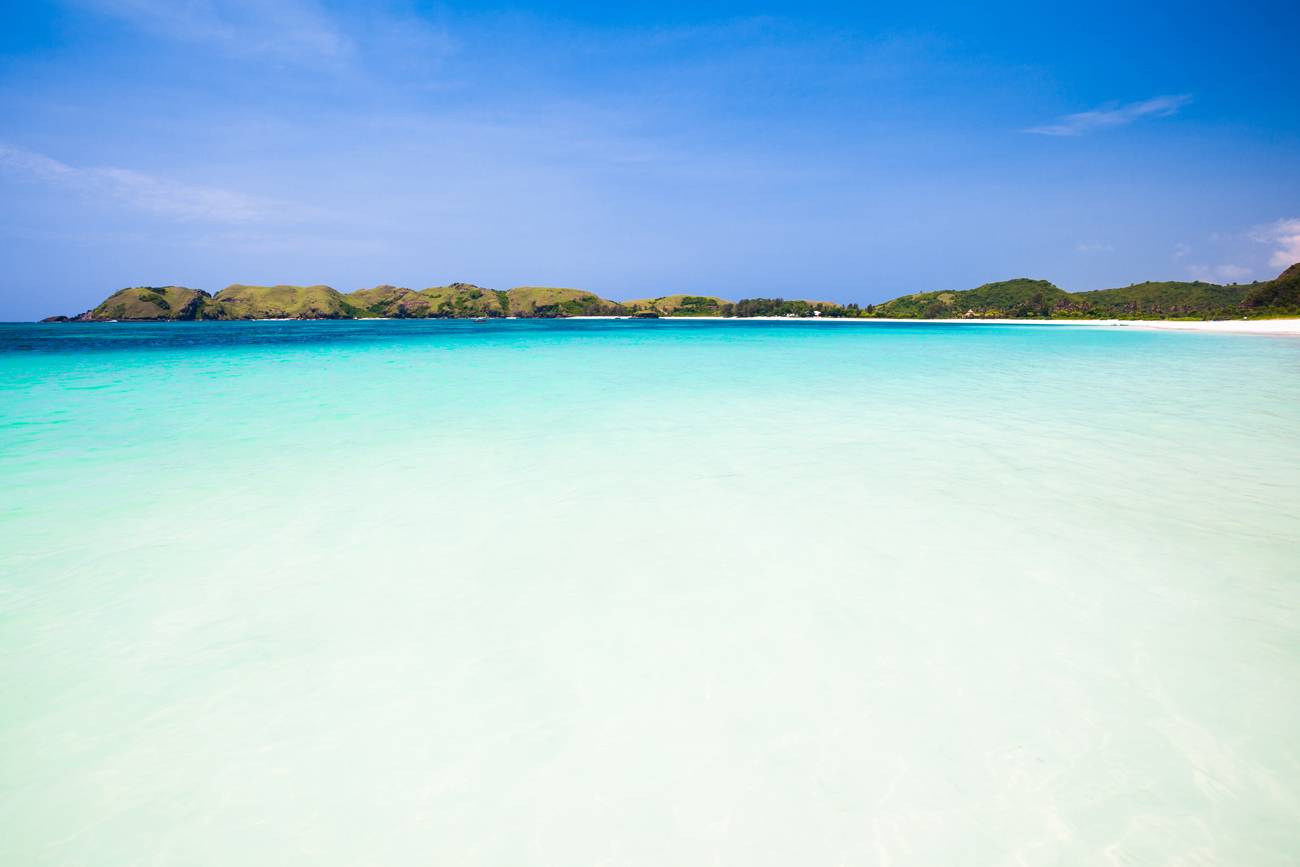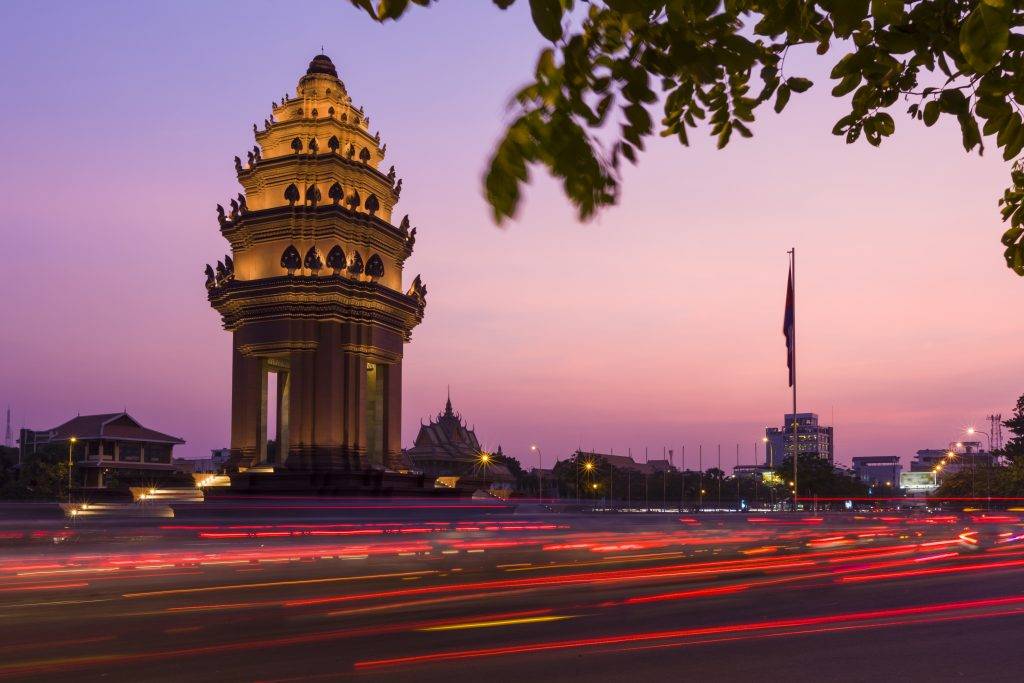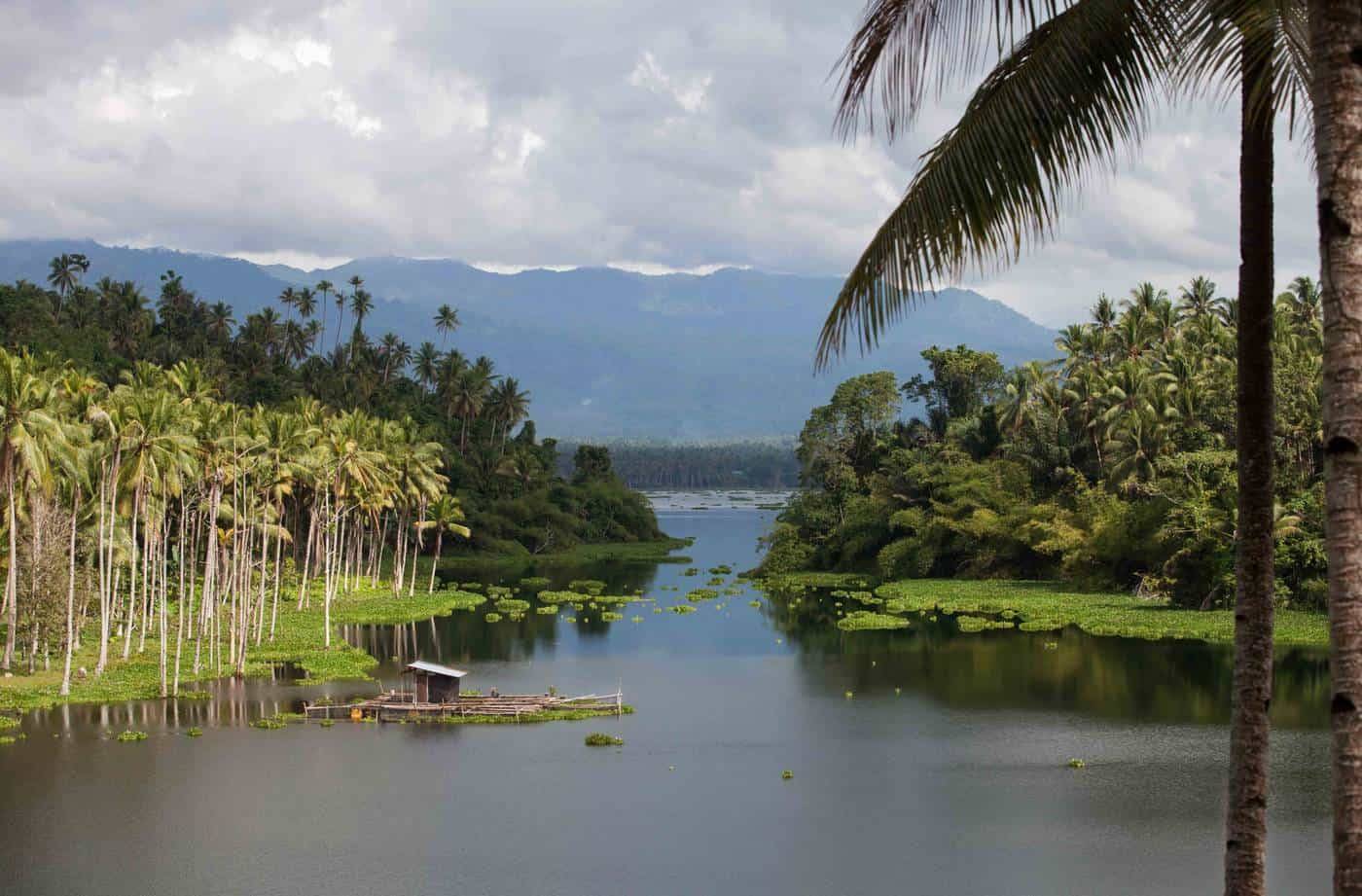
NORTH MALUKU “THE CLOVE SULTANATE”
Tectonically located within the Molucca Sea Collision Zone, the archipelago has a volcanic origin, and it is quite obvious from a far distance. Majestic volcanoes, emerging from the calm sea, is what is going to welcome every visitor at arrival.
However, the tropics covered the hills with lush rainforest and filled the waters with astonishing coral gardens. Geographically, the islands stretch between the Philippines, Indonesian Sulawesi, New Guinea and they are connected to the open Pacific Ocean in the north-east.
HALMAHERA
Halmahera is the largest island in the entire Maluku, with the capital city of Sofifi. Bound by troubled past and religious conflict, the island carries a significant heritage for the province.
Even though Halmahera is the biggest, tourism here is fairly undeveloped, and Halmahera `s deep jungles are barely men-touched. There are some inland activities to do, e.g. sea kayaking, river rafting and jungle trekking, but it is more of the underwater world that the visitors are after.
Since Halmahera is located on the Coral Triangle, it features immense marine ecosystem and rich biodiversity. Its virgin white-sand beaches and coral reefs at Tobelo, Kao and Galela provide some of the best conditions for the freediving expeditions.
ESSENTIAL EXPERIENCES ON HALMAHERA ISLAND
- Sofifi – the capital city of Halmahera and the gateway to all island`s attractions
- Mount Ibu (1377 m) – active volcano to be climbed in 2 days with the help of a local guide (extreme hiking, remote location)
- Mount Dukono (1185 m) – active volcano to be conquered in 2 days, with a local guide (extreme hiking, remote location)
- Jailolo Bay – discover the Sahu ethnic group and their Christian villages/scuba diving
- Tobelo – Kupa Kupa Beach/great snorkelling
- Weda – join in an eco-excursion to learn about the island`s distinct Sawai culture
- Aketajawe-Lolobata National Park – book an eco-tour to the bird conservation area in this one of the world`s least accessible reserves
TO GET THERE: fly to Sofifi – the capital city.
MOROTAI
North Maluku`s northernmost island might well be the most magnificent one. Overlooking the open Pacific, there is powerful energy dominating this place. It is mostly independent sailors and yachters who visit Morotai, as the island is very isolated with hardly any roads.
Yet those who decide to anchor in the turquoise waters of Morotai will surely not regret. A true oasis will greet them, especially at Dodola, Kokoya and Zum-Zum Islands which are like magnets and present a tropical paradise – both on land and underwater.
There are many great diving sites around the island. Morotai used to serve as an important base during the WWII, hence the waters here are full of corals but also ship and aircraft wrecks. The finest beaches can be found around Daruba, and it is also the only town with the little road network.
ESSENTIAL EXPERIENCES ON MOROTAI ISLAND
- Daruba – the main town/port
- Pulau Dodola Island – splendid atoll also call ‘Pearl of Pacific’
- Pulau Kokoya Island – famous for shark diving
TO GET THERE: catch a boat in Tobelo/Halmahera to Daruba/Morotai from where you can hire a speedboat to Dodola, Zum-Zum and Kokoya if you do not sail your own boat
TERNATE
The former Sultanate of Ternate gave the sultans a commodity which made them the wealthiest and most powerful in the whole Indonesia – clove. The famous ‘Spice Island’, is one of the most visited in Maluku.
Every traveller will need to arrive at Kota Ternate – the provincial capital. A dramatic image of the cone-shaped giant Mount Gamalama (1715 m) will come to sight in all its majesty. Ternate has plenty of pristine beaches and lakes to enjoy.
Encircled by sheer cliffs, the Tolire Lake, situated on the Hiri Island, is known for crocodiles and abundant surrounds, and indeed, it is a must-see when in Maluku. There is a boat terminal at the Sulamadaha Beach where you can catch a boat to Hiri Island.
ESSENTIAL EXPERIENCES ON TERNATE ISLAND
- Great Mosque of Ternate – in Kota Ternate
- Ternate Sultanate Museum – the former Sultan`s Palace serves as a museum
- Fort Oranje, Kalamata Fort and Fort Tolukko built by the Dutch during the colonial era
- Mount Gamalama/Batu Angus – climbing the volcano with help of a local guide
- Sulamadaha Beach – fabulous black sand beach overlooking the Hiri Island
- Ngade Village– trekking and enjoying the alluring scenery at the Lake Ngade
- Hiri Island/Lake Tolire Besar – remarkable volcanic lake
TO GET THERE: fly from Java or Sulawesi. Otherwise, the island is well-connected to any other locations in North Maluku via local ferry.
TIDORE & MARE
Tidore is the sister-island of Ternate with similar climate, appearance and activities to do. The colossal Gunung Kiematubu is towering over the emerald waters at the altitude of 1730 metres.
Soasio, a sleepy village rather than a town, is the capital city and Goto its main port. While Ternate is the most visited island, Tidore is often skipped by the travellers. Not that it was any less beautiful, but tourism has not hit this little paradise, yet.
South of Tidore, Mare is a tiny isle, and although quite barren it is well-known for its gorgeous pottery, nutmeg and cloves.
Besides, it has some awesome diving spots that are worthwhile travelling the distance. Nevertheless, however, remote these islands are the isolation makes them more attractive and adds to their authentic value – so, if you are sailing around the Pacific remember to stop by!
ESSENTIAL EXPERIENCES ON TIDORE AND MARE ISLANDS
- Tidore – explore the sleepy port of Goto in the capital Soasio and visit the traditional villages of Gura Bunga
- Mare – watch the locals creating the Maluku pottery in a naïve way on the shores of the island
- Scuba diving/Boating – both islands have wonderful diving sites and ideal conditions for sailing
TO GET THERE: the islands are only connected to Soasio or Sofifi via local ferry.
BACAN & OBI ISLANDS
Historically, the Bacan Islands are amongst the most significant – another spice sultanate. Nutmeg trees are boundless here, and they brought the riches: success and power, but also culture and wildlife.
The famed black macaques and impressive banyan trees can also be found on the islands as well as lush rain forest, hot springs and unspoiled beaches. Other than natural beauty, the islands boast tourist attractions: old mosques, Dutch forts, traditional dance performances, religious ceremonies and cultural events.
Obi Islands is likely North Maluku`s least visited part. Almost uninhabited, with no roads and no infrastructure, this is the heaven for boatmen who look for some adventure. Many waterfalls and caves, crystal-clear forest rivers, hidden coves, idyllic beaches and marvellous lagoons are still waiting to be explored. Obi is a great destination for those who are fond of the path less trodden.
ESSENTIAL EXPERIENCES ON BACAN AND OBI ISLANDS
- Kupal Village on Bacan Island– hot springs
- Mount Sibela on Bacan Island – a wildlife sanctuary
- Batang Lomang Island – sea gypsie villages
- Nusara Island – long sand stretches, astonishing beaches
- Obi – cruise around the unexplored Obi islands to discover places that might not have been seen before
TO GET THERE: fly from Java and Sulawesi. Otherwise, the island is well-connected to any other locations in North Maluku via local ferry.
SULA ISLANDS
At the heart of Molucca Sea, on the way to Sulawesi (if sailing), you will come across the glorious islands of Sula, that resemble the Maldives.
Not many tourists pay a visit to this little ‘Eden on Earth’, only accessible by sea. his The tiny archipelago offers idyllic scenery: dense forests, verdant hills, rare exotic birds, aquamarine seas and long white stretches lined with coconut palms.
TO GET THERE: Pelni ships operate from Manado/Sulawesi or Ternate to Sula Islands
USEFUL TRAVEL TIPS
Religion – Maluku is partially a Muslim region and conservative dress are expected at all times, especially women. Many female travellers reported case when they felt extremely uncomfortable at some places, e.g. tried to be touched by the locals due to their skin colour or bright hair, been subject to loud mockery for their “lack of clothing” and so forth. Be aware of the fact that many residents might have never seen a person of a Caucasian race or a person wearing “Western clothes”.
Health – There is a high risk of Malaria in Maluku, particularly during the rainy season (May-Aug). Vaccinations such as Hepatitis A, B and Tetanus are recommended. In some cases, the Yellow Fever Immunisation is required (check up on your national health policies).
Transport – To get around the Maluku Islands you will need to use the local boat ferries that are fairly cheap. It is necessary to use boats not only between the islands but also between the towns within islands as the road network is very poor here. Locally, the best means of transport are bemos, ojeks or becaks.
WHEN TO TRAVEL
While the rest of Indonesia typically gets rainy season between November and March, these months are in North Maluku the driest. Good time for scuba diving is in December and March when the waters are normally calm, but generally, whether in Maluku is extremely unpredictable.
Halmahera is a bit of exception since it gets dry weather between June and September and rough seas in July and August. NOTE Best diving season in Halmahera seems to be June, September but also October/November and March/April.
HOW TO GET THERE
Fly to Jakarta from where you can catch a domestic flight or take the local Pelni Ship to the desired destination.
For all international flights go to www.momondo.com or www.skyscanner.com
For all domestic flights visit www.garuda-indonesia.com


